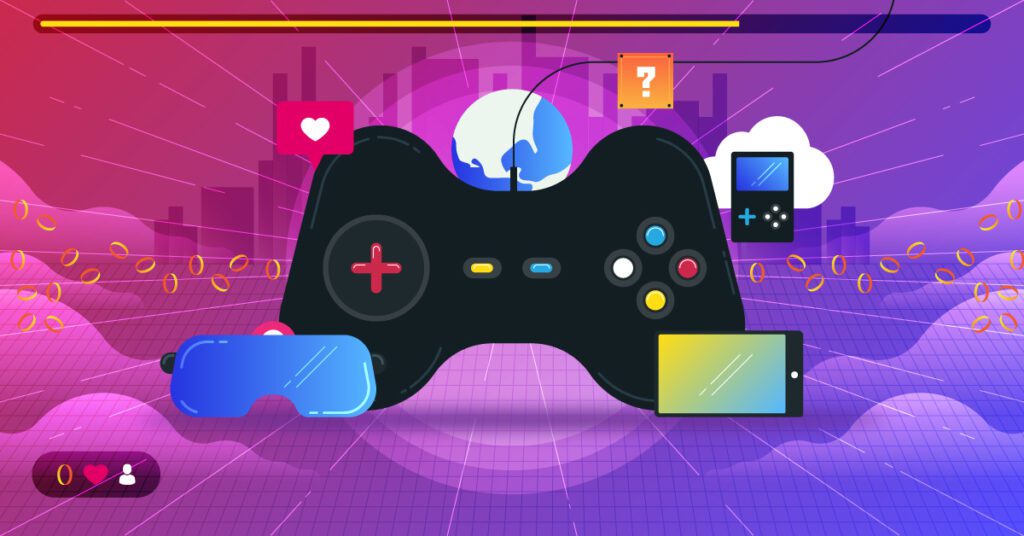The digital era has brought novel tools, software, and hardware that have revolutionized the game design industry. Software tools like game engines, graphics software, and scripting languages have simplified the game development process, while hardware tools like virtual reality headsets, input devices, and game consoles have facilitated the creation of immersive experiences. The future of game design will likely involve augmented reality, artificial intelligence, and cloud gaming. However, the key to success in game design is to stay informed about the latest technologies and trends and use them creatively to engage and captivate players.
Game Design in a Digital Era: The Role of Software and Hardware Tools
Introduction
Game design has evolved significantly over the years, with the digital era introducing new tools, software, and hardware that have revolutionized the industry. Today, game designers can create immersive, interactive experiences that push the limits of human imagination. Software and hardware tools play a critical role in game design, allowing designers to bring their vision to life in ways that were once unimaginable.
Software Tools
Software tools are integral to the game design process, helping designers to create and manipulate digital assets, create game mechanics, and test their creations. Here are some of the key software tools used in game design:
Game Engines
Game engines are software frameworks that enable designers to create video games. They provide a range of tools and features that simplify the game development process, such as physics engines, artificial intelligence algorithms, and scripting languages. Popular game engines include Unreal Engine, Unity, and CryEngine.
Graphics Software
Graphics software is used to create and manipulate digital assets such as characters, environments, and special effects. Software tools like Adobe Photoshop, Maya, and 3D Studio Max allow designers to create, texture, and animate their creations, bringing them to life in the game world.
Scripting Languages
Scripting languages like Python, Lua, and JavaScript are used to program game mechanics and interactions. They enable designers to create complex logic that controls game behavior, such as enemy behavior, AI routines, and physics simulations.
Hardware Tools
Hardware tools play a critical role in game design, enabling designers to interact with their creations in novel ways, and facilitating the creation of immersive experiences that fully engage the player. Here are some of the key hardware tools used in game design:
Virtual Reality Headsets
Virtual reality (VR) headsets like the Oculus Rift and HTC Vive enable designers to create fully-immersive experiences that transport players into another world. VR technology allows players to move, look, and interact with the game world in a way that feels natural, leading to a more engaging and thrilling experience.
Input Devices
Input devices like game controllers and keyboards allow players to interact with the game world. They provide designers with a range of inputs to work with, such as buttons, joysticks, and triggers, enabling them to create intuitive and responsive game mechanics.
Game Consoles
Game consoles like the Xbox One, PlayStation 4, and Nintendo Switch provide a standardized platform for game development, simplifying the development process and ensuring that games run smoothly on different hardware configurations.
The Future of Game Design
As technology continues to evolve, we can expect game design to become even more advanced and innovative. Here are some of the future trends in game design:
Augmented Reality
Augmented reality (AR) is a technology that overlays digital content onto the real world, creating a hybrid experience that blends physical and digital elements. AR technology is still in its infancy, but we can expect it to play a significant role in future game design, enabling designers to create experiences that seamlessly integrate the real and virtual worlds.
Artificial Intelligence
Artificial intelligence (AI) is already being used in game design to create intelligent enemies and non-player characters. However, as AI technology advances, we can expect it to play an even bigger role, enabling designers to create realistic and dynamic virtual worlds that respond intelligently to player actions.
Cloud Gaming
Cloud gaming is a technology that enables players to stream games from servers over the internet, rather than downloading them to their local device. Cloud gaming has the potential to revolutionize the gaming industry, enabling players to access high-quality games from any device, anywhere in the world. This will likely create new opportunities and challenges for game designers, who will need to adapt their design strategies to account for this new paradigm.
Conclusion
Game design in the digital era is an exciting and dynamic field, with new software and hardware tools constantly emerging to push the boundaries of what is possible. The key to success in game design is to stay informed about the latest technologies and trends, and to use them creatively to create experiences that engage and captivate players. As we look to the future, we can expect game design to continue to evolve, driven by new technologies and new ideas about how games can enhance our lives.
